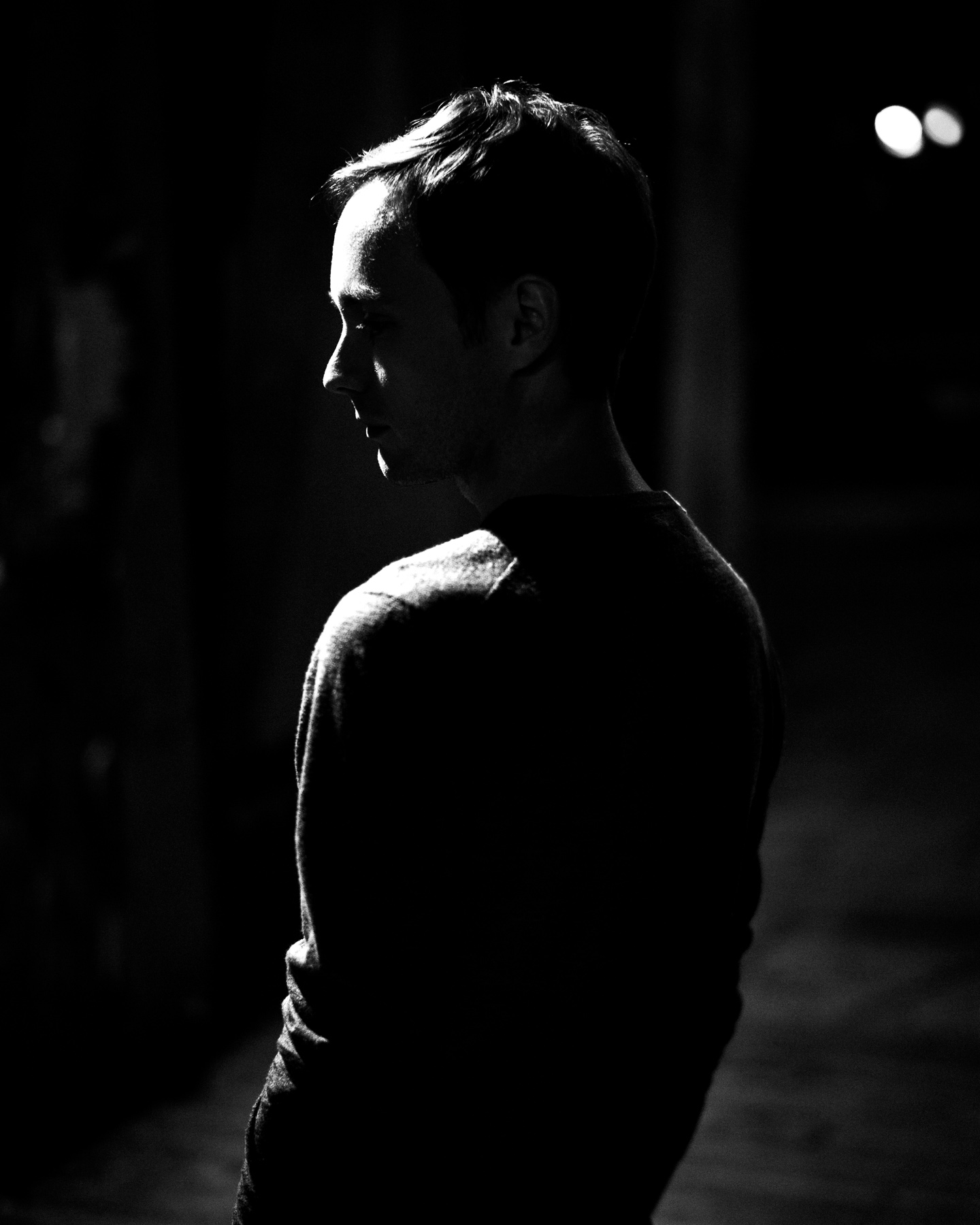Where the Camera Ends and the Photographer Begins
About twenty years ago, a shift happened in photography.
The automatic exposure and focus capabilities of state of the art film cameras finally got the ease of use provided by digital sensors. Taking a properly exposed photograph and making a print from it had required take years of practice, careful note-taking, and dedication to the craft of making images with light-sensitive chemicals. Now, the camera itself could more or less accurately judge the appropriate settings to make an exposure, and making that image viewable or ready was as easy as plugging in a memory card. Since then, the cameras and their computers have only gotten better, some even adding filter effects to replicate the style of film cameras. Now anyone can grab a camera and take decent photos with no experience.
The baseline shifted. Literally anyone with a modern cell phone can take great photos that would look great printed and framed on a wall. Taking a decent photo is now the expected default.
The photographer’s function now is to bring out the soul of a scene, or to see things in a different way. Anyone can easily document a vacation in the south of France, but how many people could find such eerie scenes and Hunter-Thompson-esque perspectives as Feng Li could? (If you haven’t seen his work, I urge you to check it out)
The same goes for making portraits. Anyone can take a selfie with their phone and use a filter effect that makes their skin look radiant and adds a twinkle to their eyes, with a softly blurred background. The photographer’s job is no longer to ‘take a nice photo’ or simply ‘make this person look good;’ now the calling is to reveal some other aspect of the subject’s soul, or perceive them in a unique way. That takes time developing a unique Eye, and practice working with people.
The camera made the tough technical stuff trivial, now we as artists have to do the hard part: making images that express soul.
